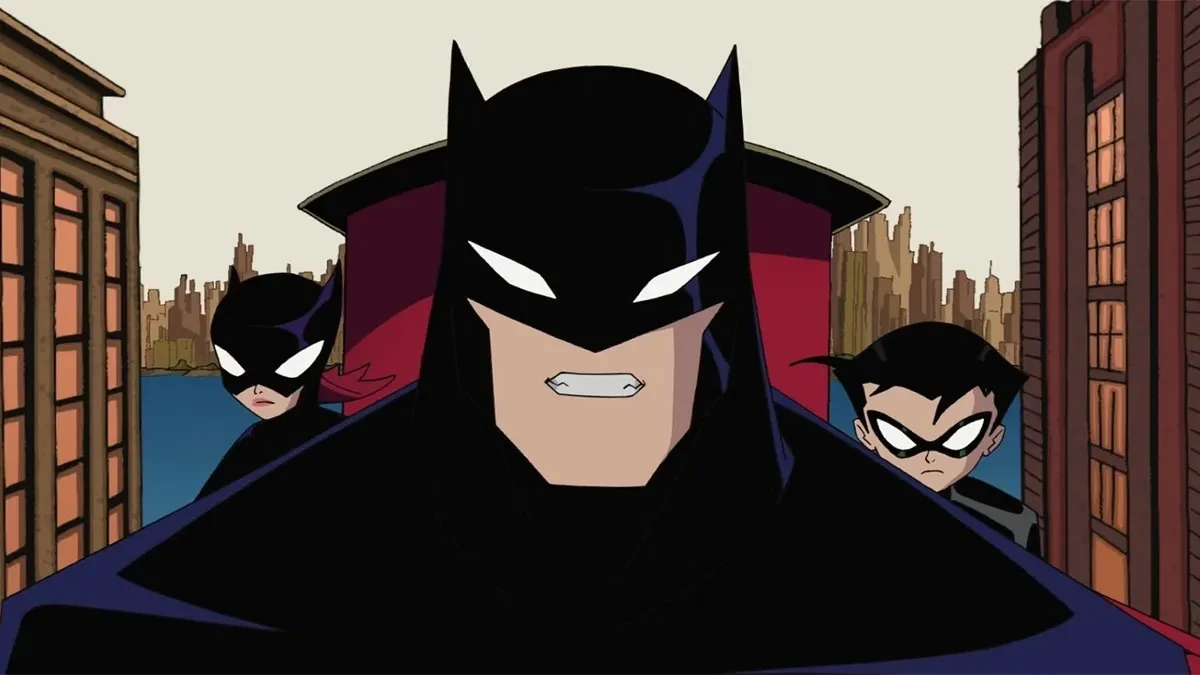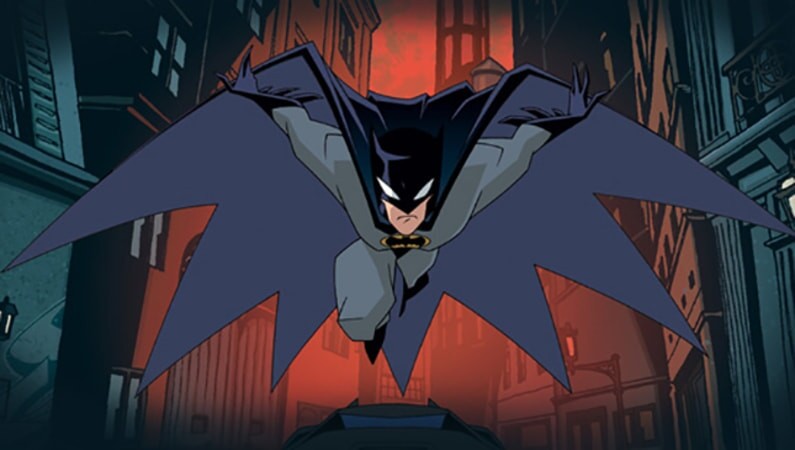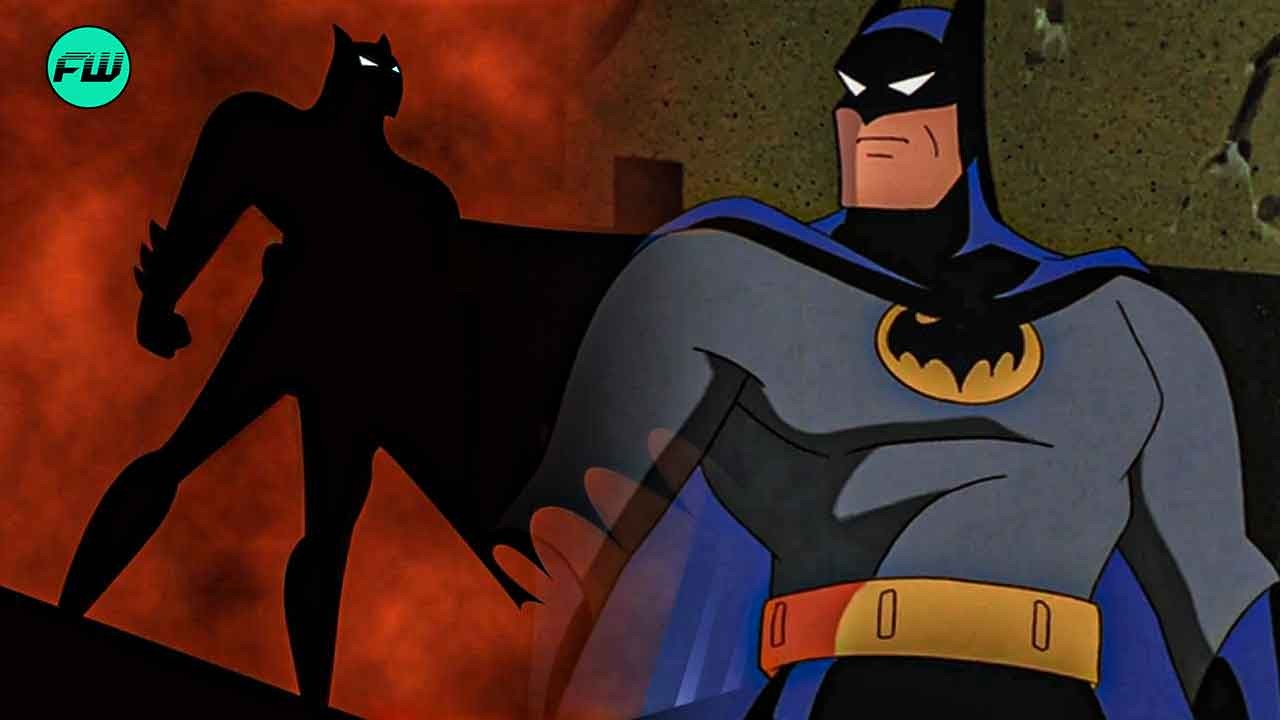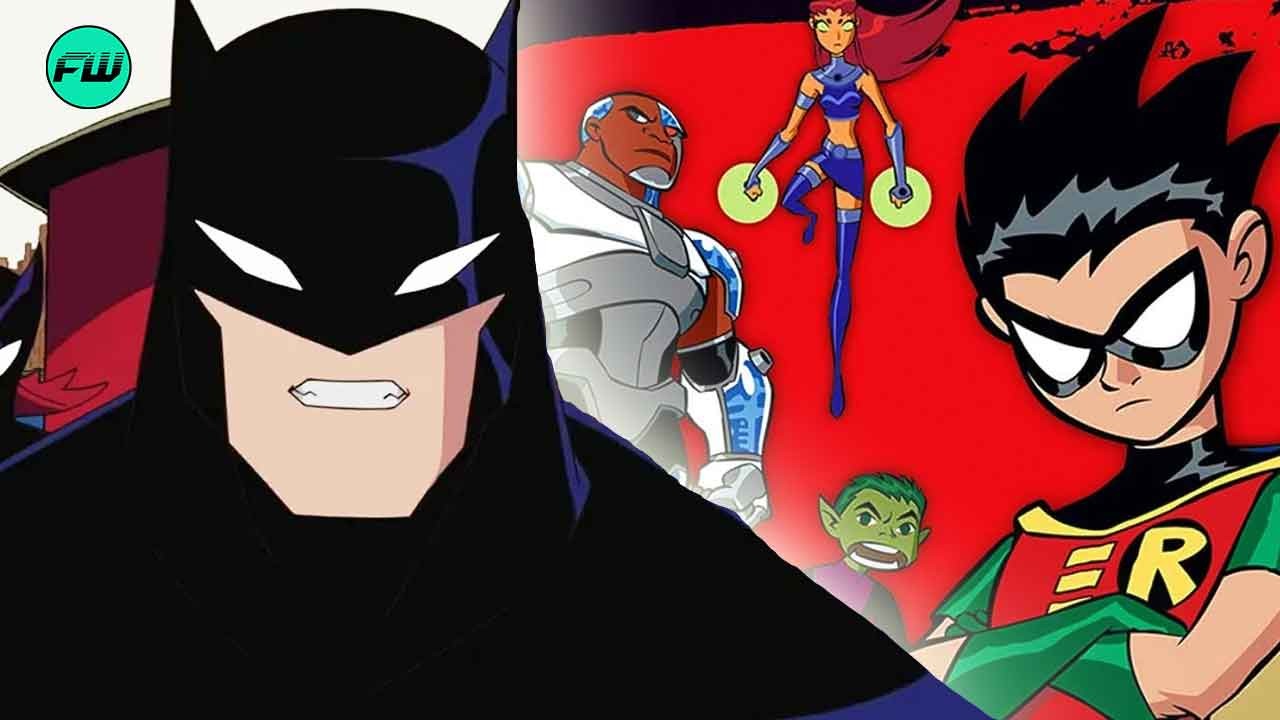Warner Bros. Animation has produced multiple animated shows with their most popular character Batman as the protagonist. Bruce Timm’s Batman: The Animated Series was one of the defining shows based on the character that has a long-lasting legacy. The show starred Kevin Conroy as the Caped Crusader and was the beginning of the DCAU.
From 2004 to 2008, The Batman animated series aired as another show centered around Bruce Wayne’s exploits as Batman. The show was not part of th Timmverse and had to distinguish itself from the legendary shows of the DCAU. One way in which the producers of the show made it happen was by making Wayne’s diet include snacks and other relatable food that anyone would eat while in a hurry.
The Batman Animated Series Made Bruce Wayne More Relatable Than Batman: TAS

Kevin Conroy’s iteration of the Batman, which began in Batman: The Animated Series, and spanned across more spinoff shows and movies, has been considered to be one of the greatest depictions of the character. Conroy’s vocal performance as both Bruce Wayne and the Caped Crusader has been lauded for the dichotomy he brought for them.
While the show ended in 1995, many follow-up series came out. Some shows such as Justice League and Batman Beyond were set in the same universe. In 2004, however, Warner Bros. Animation released The Batman, a new iteration of the DC character that was apart from the Timmverse slate of shows.

Created by Duane Capizzi and Michael Goguen, the show had the arduous task of standing apart from the legendary Batman: TAS and its successors. The makers reportedly tried many new things with the show, including focusing more on Bruce Wayne. Capizzi also mentioned that they wanted to make the character more natural by making him eat relatable foods. Capizzi told The World’s Finest,
“It just seemed natural that if Alfred is going to serve Bruce a snack in the BatCave, it’s going to be nachos or peanut butter sandwiches or the like — not foie gras!…I wanted to make explicit that the swinging bachelor part of Bruce’s personality is an act that he puts on, in order to cover any suspicions that he might be The Batman.”
And Capizzi was right. The show was supposed to be a reinvention of the character for a new set of audiences and for a new decade, century, and millennium. Making Bruce Wayne more relatable and giving a distinction between his Wayne persona and being the Batman gave The Batman animated series an edge over Batman: TAS.
The Batman Reinvented The Villain-Of-The-Week Format Established By The DCAU

One of the best parts of Batman’s lore is his Rogues Gallery. From his classic arch-nemesis Joker, who is extremely volatile and unpredictable, to an antihero like Two-Face who was turned into a villain by the system, Batman: The Animated Series picked fascinating antagonists and gave them an origin story each week.
However, the 2004 series The Batman re-invented the ‘villain-of-the-week’ format of the Timmverse and instead chose to focus on Bruce Wayne’s growth as a character. The villains of The Batman did not have origin stories like the old series. They were also reworked to make them fit into the mythos of this version. Duane Capizzi said to The World’s Finest,
“In the case of more obscure villains…we took more leeway in reimagining them. For the most part, we wanted to focus on what the villains DO — not necessarily where they came from. Simply put, we avoided telling ‘origin’ stories, unless we had compelling enough reason to. Our Mr. Freeze is, of course, a good example. ‘Heart of Ice’ from B:TAS is such a masterpiece, why try to top it? And it would be futile to remake it. So, we chose to turn Victor Fries from a hot-headed thug to a cold-hearted monster, an emotionless mutant.”
The show was also the victim of the infamous ‘Bat Embargo,’ which forbade the series from using villains such as Scarecrow, Harvey Dent, and Ra’s al Ghul as they were a part of Christopher Nolan’s The Dark Knight trilogy. Characters such as Joker were exceptions to the embargo as he was an important villain for Batman (via The World’s Finest).




